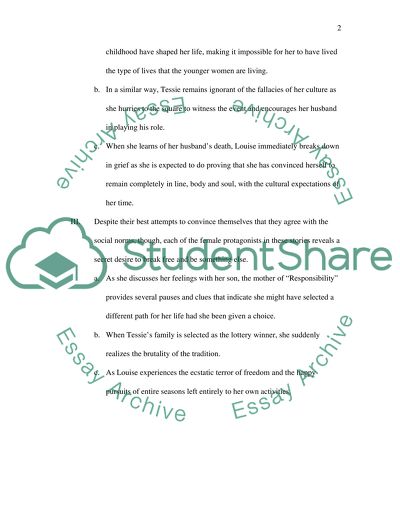Cite this document
(“The review of the females characters Essay Example | Topics and Well Written Essays - 1250 words”, n.d.)
The review of the females characters Essay Example | Topics and Well Written Essays - 1250 words. Retrieved from https://studentshare.org/literature/1542493-the-review-of-the-females-characters
The review of the females characters Essay Example | Topics and Well Written Essays - 1250 words. Retrieved from https://studentshare.org/literature/1542493-the-review-of-the-females-characters
(The Review of the Females Characters Essay Example | Topics and Well Written Essays - 1250 Words)
The Review of the Females Characters Essay Example | Topics and Well Written Essays - 1250 Words. https://studentshare.org/literature/1542493-the-review-of-the-females-characters.
The Review of the Females Characters Essay Example | Topics and Well Written Essays - 1250 Words. https://studentshare.org/literature/1542493-the-review-of-the-females-characters.
“The Review of the Females Characters Essay Example | Topics and Well Written Essays - 1250 Words”, n.d. https://studentshare.org/literature/1542493-the-review-of-the-females-characters.


